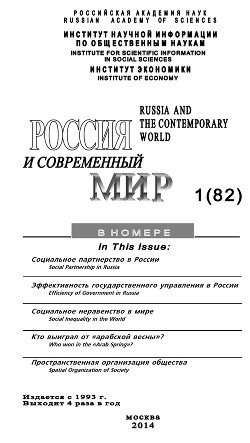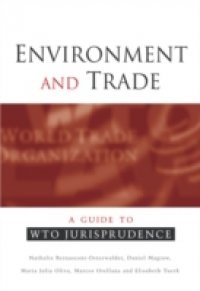The unity of science has been a widely discussed issue both in the philosophy of science and within several sciences. Reductionism has often been seen as the means of bringing the different sciences to a fundamental unity by reference to some basic science, but it shows many limitations. Multidisciplinarity and interdisciplinarity have also been proposed as methodologies for attaining unity without underestimating the diversity of the sciences.This volume starts with a clarification of the possible meanings of this unity and then discusses the features of the mentioned approaches to unity, evaluating the success and the shortcomings of the unification programme among different sciences and within a single science.Contents:The General Framework:What Does 'The Unity of Science' Mean? (E Agazzi)The Unity of Disunity (J Faye)Sciences of Nature and Sciences of Man:On a Difference between Natural Science and the Interpretive Sciences of Man (F Collin)Natural Sciences and Human Sciences (G M Prosperi)Overcoming Reductionism:Complexity, Reductionism, and the Unity of Science (J Ricard)The Consilience Approach to the Unity of Science (B Kanitscheider)The Unity Within a Single Science:The Problem of Unity in a Single Field of Science (A Cordero)The Unity of Particle Physics and Cosmology? The Case of the Cosmological Constant (J Mosterin)Is Quantum Mechanics a Universal Theory? (B d'Espagnat)and other papersReadership: Graduate students and academics in the philosophy of science.Key Features:This book introduces and develops models which capture interesting behaviors of planetary atmospheresThe blend of analytical and numerical results provides research material suitable for people with diverse intellectual backgroundsThe background material allows people who are new to the fields to come up to speed quickly without sacrificing the value and originality of the newest workThe book summarizes nearly a decade of Professor Lim's research into statistical mechanics modeling of atmospheres





 10 (1)
10 (1) 











